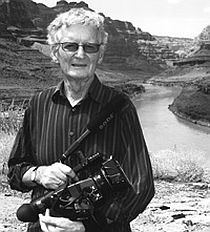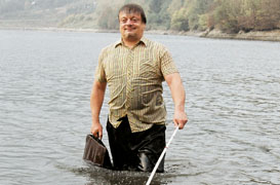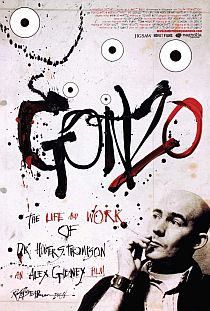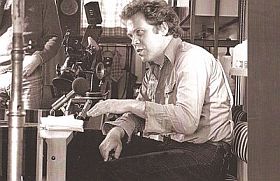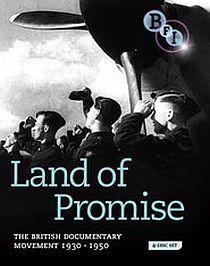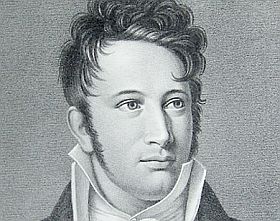


Poul Martinsen and DR

The article below includes words about one of the most prominent Danish tv documentarians, Poul Martinsen, employed at DR for decades as the director of documentary programmes and films that are still remembered by the Danish viewers. Both because they were good, but also because they were produced at a time when DR was the only broadcaster. For documentaries these were the golden days with a strong department, DR Dokumentar, that combined the journalistic and artistic documentary storytelling. Today it is diffferent and what seemed important for the people behind yesterday’s programme on Poul Martinsen was a constant reference to Martinsen as the man who sort of invented reality tv (Big Brother and Robinson) before this was even thought of. Martinsen himself refers to the Maysles Brothers as his inspiration!
DR today, well the broadcaster presents itself like this, and it all sounds so fine but the reality… I am sure you can refer this to other public broadcasters:
“The mission of DR is to inform, entertain and inspire. DR provides programmes and services for everybody. DR gives the general public plenty to choose from, plenty to think about, to puzzle over, to laugh at, to feel provoked by, to absorb them and to adopt as their own.
DR aims to be the frame of reference for the whole population, helping us to understand ourselves, our times and the people around us, and enabling us to act accordingly.
DR must constantly provide the general public with an independent, high-quality alternative to the commercial media.”
Photo: Talent 2008. One of DR’s current successes, a high-quality alternative to the commercial media? The man in the middle is Zentropa’s Peter Ålbæk Jensen, one of the three talent “judges”.
